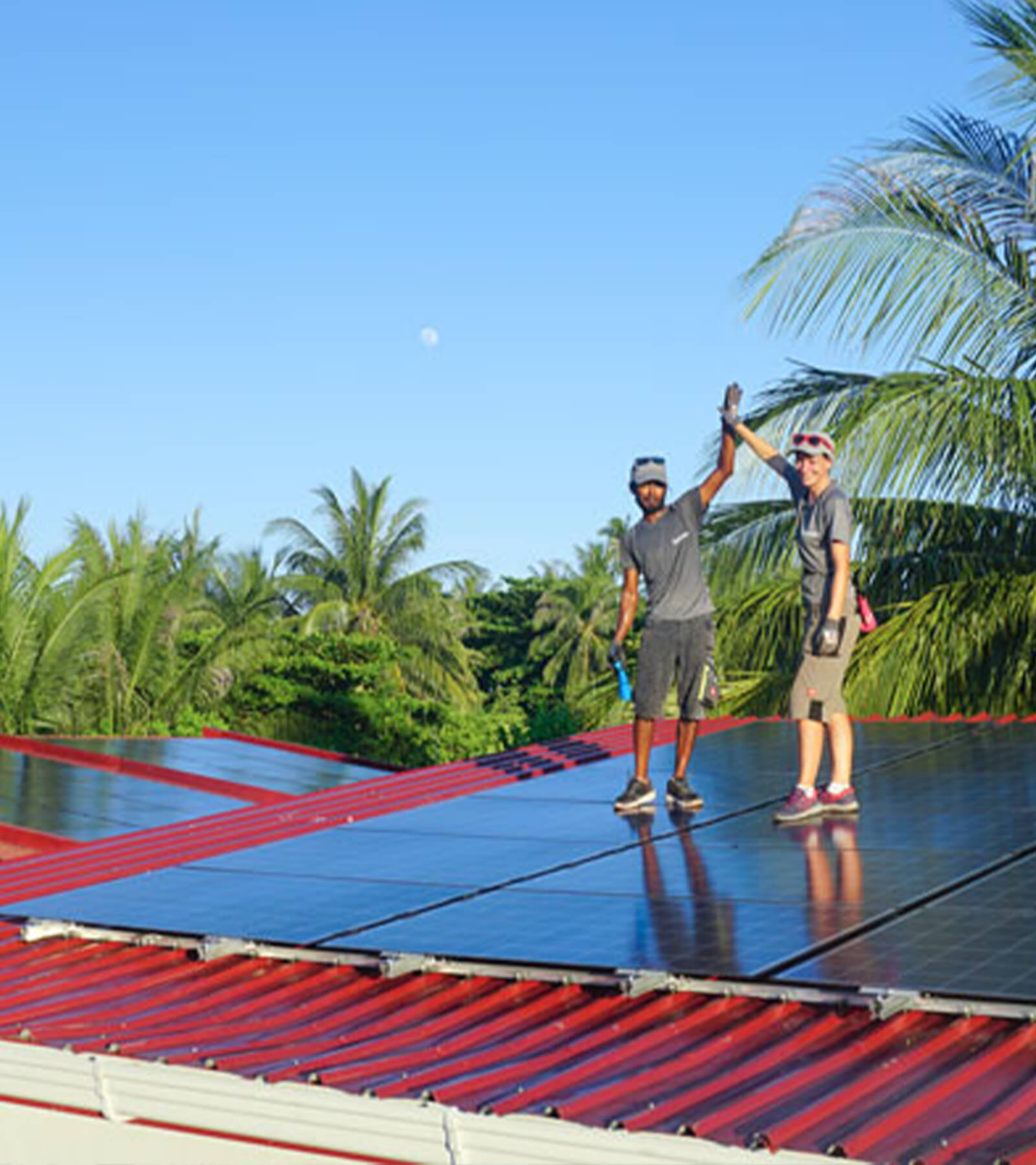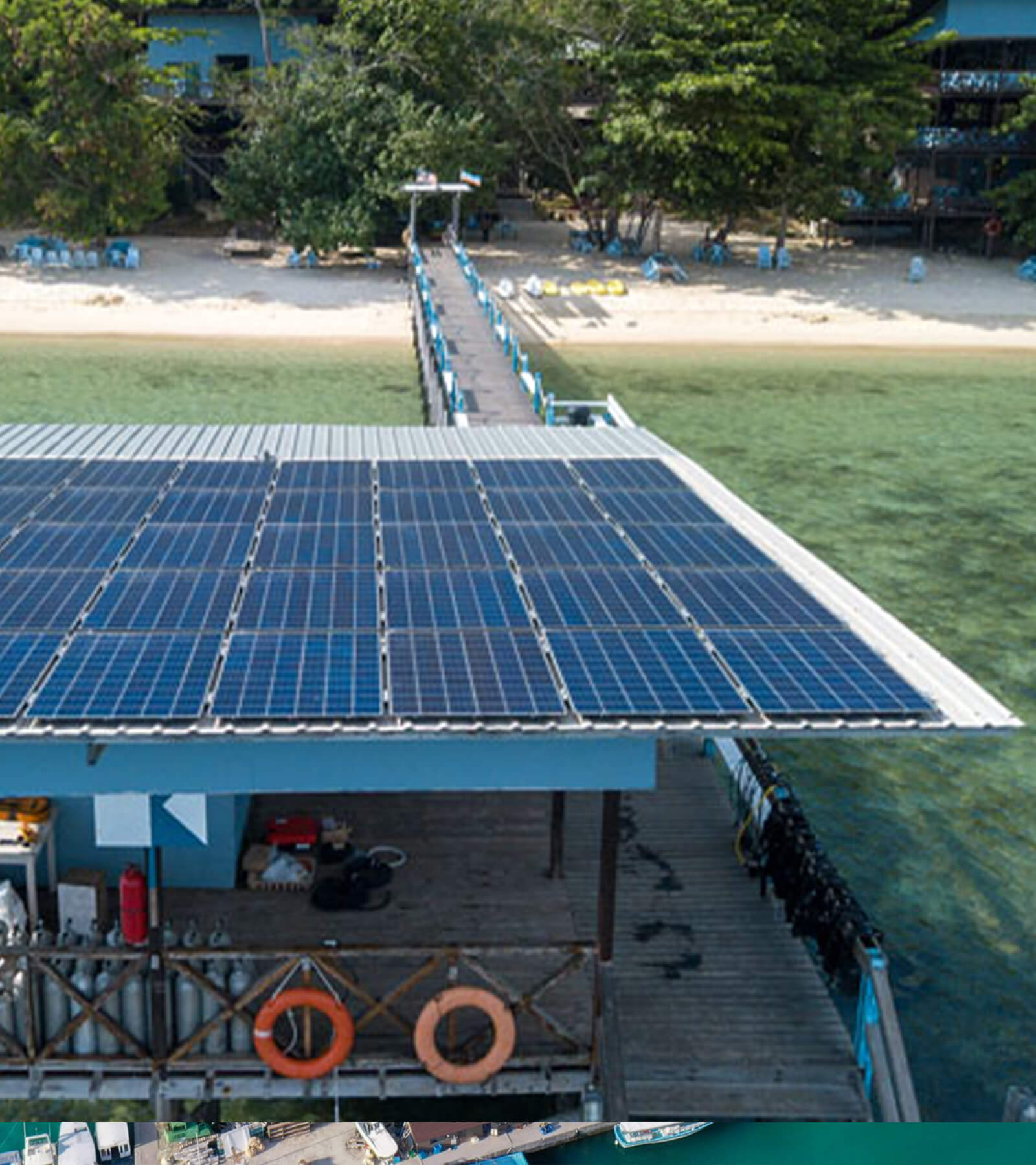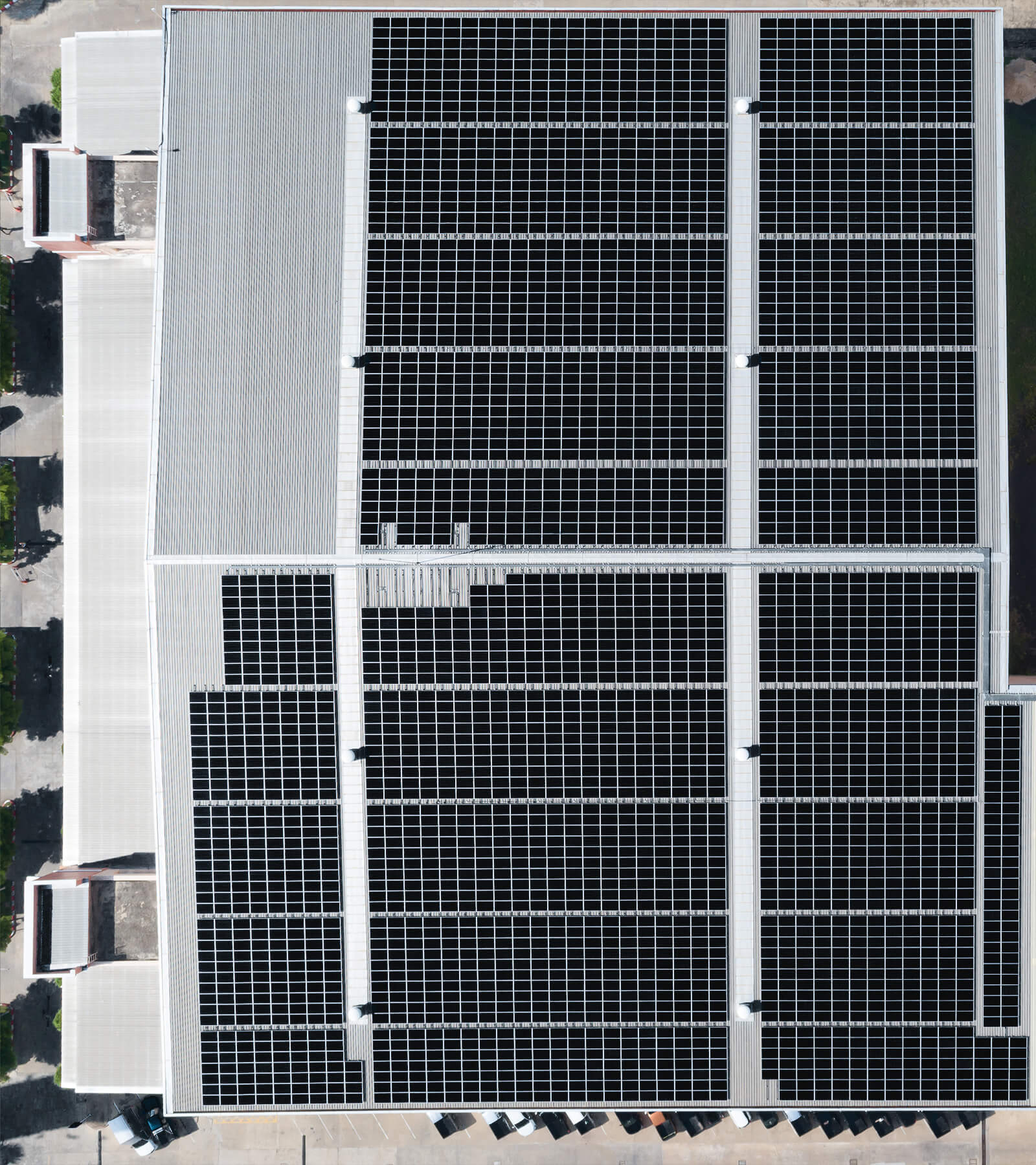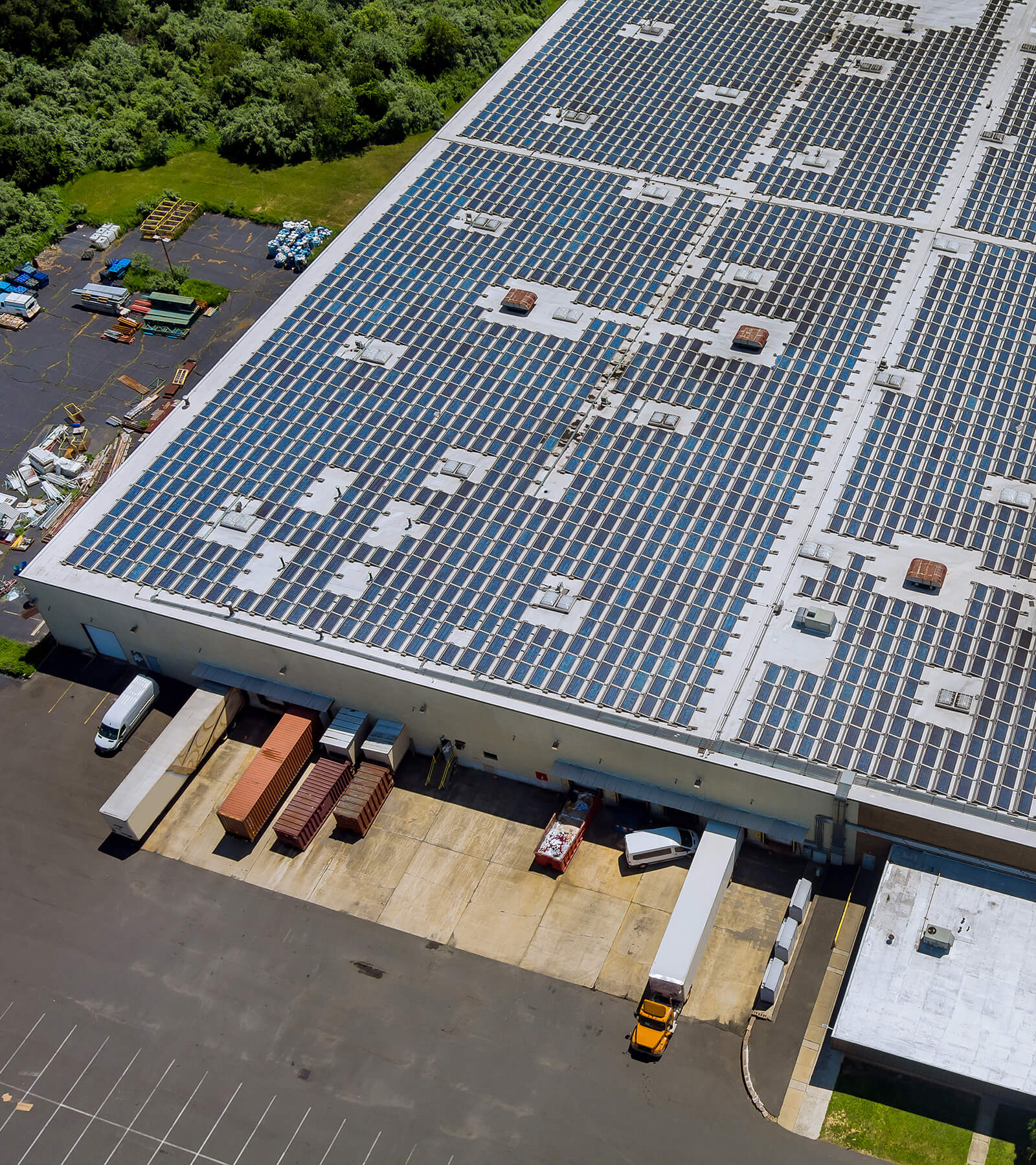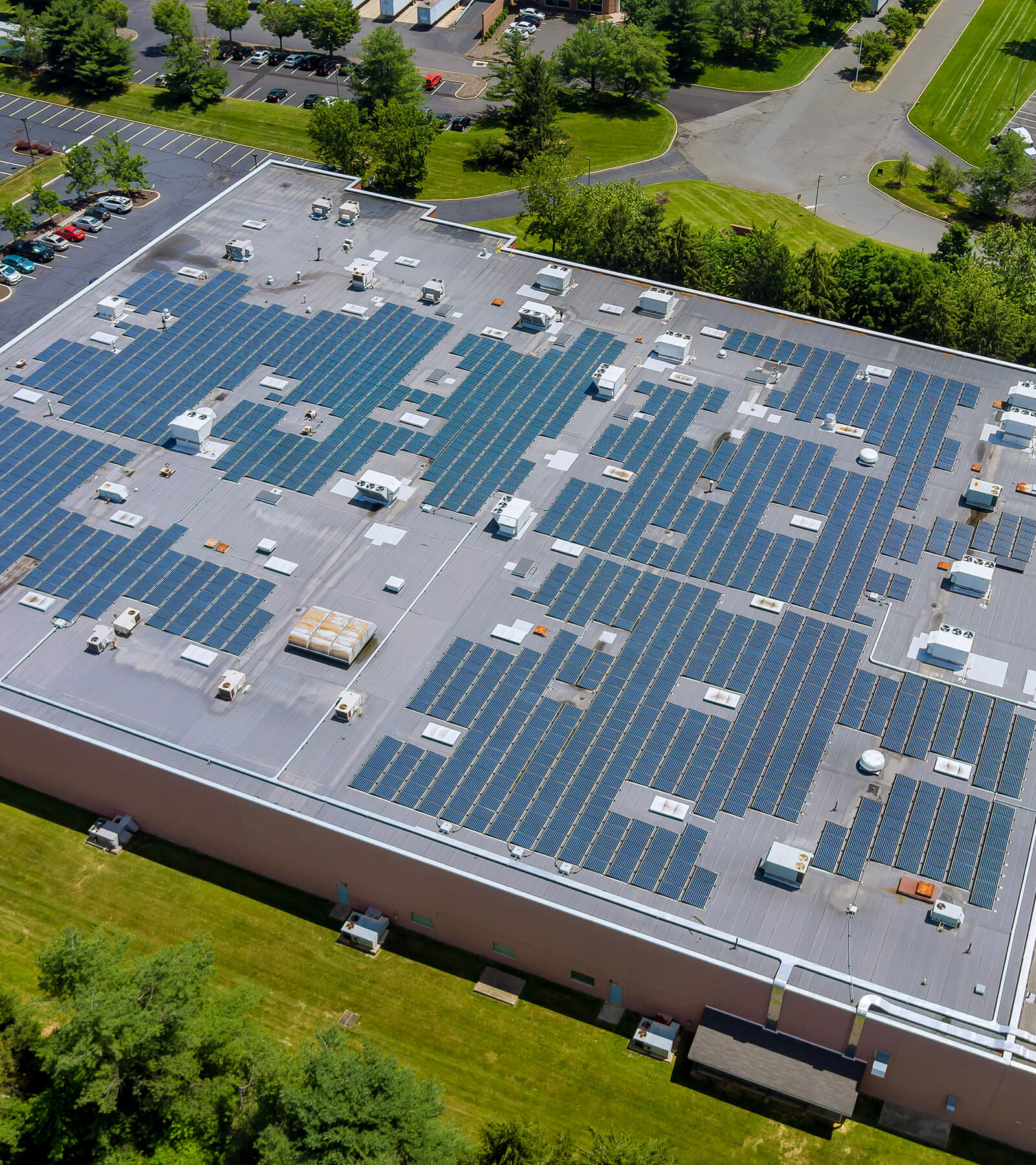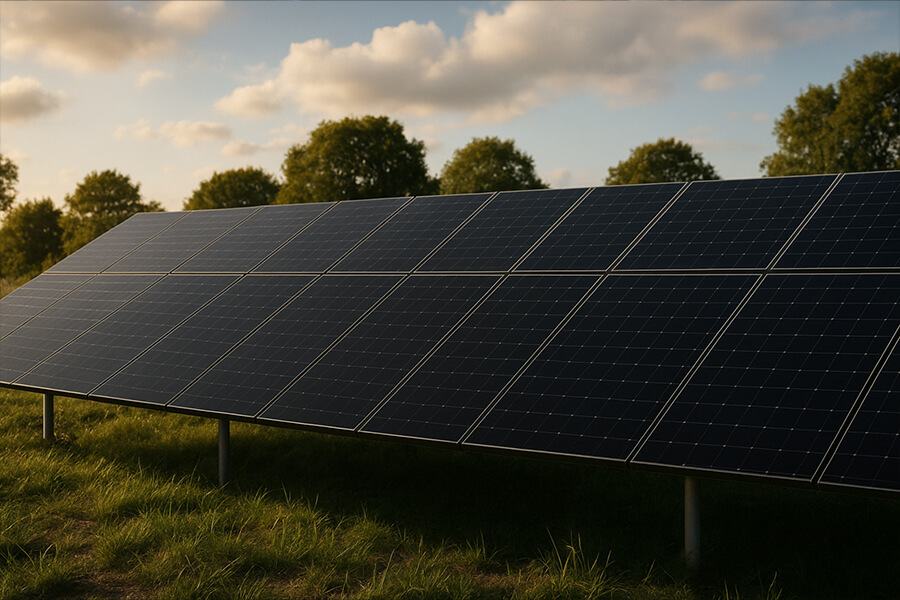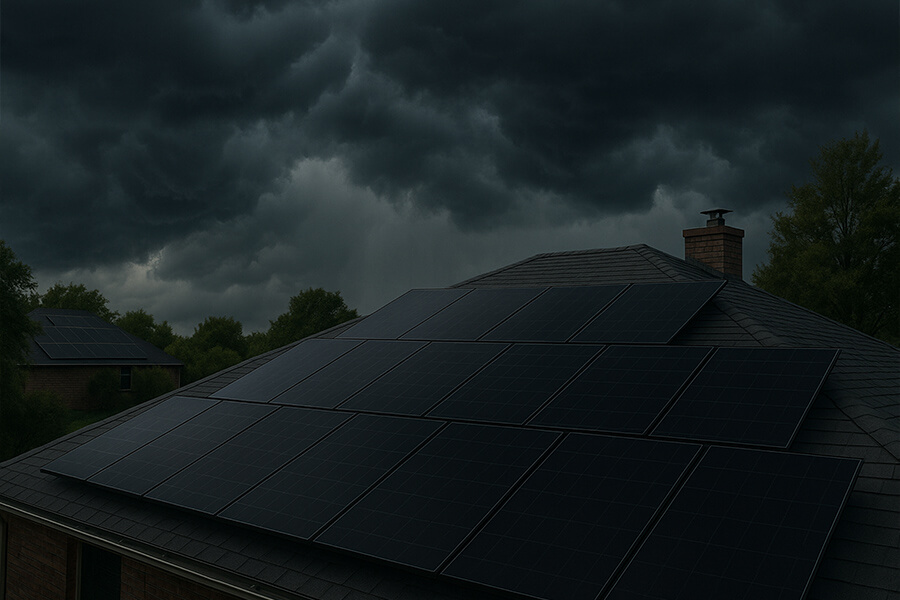In 2025, smart homes demand more energy than a caffeine-fueled robot. Enter the 16kW solar system: the unsung hero for EV charging compatibility (juice up a Tesla Model Y twice weekly), 12kW heat pumps, and AI-driven smart home integration. With 4,000+ kWh/month, it’s like giving your house a PhD in energy efficiency—no more “range anxiety” for your car or your wallet. Bonus: Maxbo Solar’s tech turns rooftops into power plants (and yes, we’re funnier than your last electric bill).
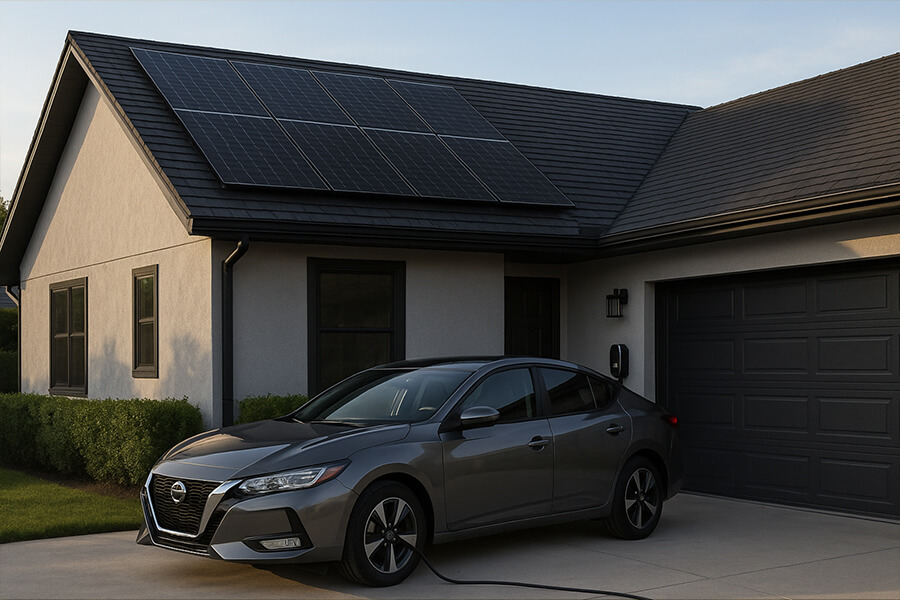
The 16kW Solar System: Your Home’s New Overachieving Roommate
Let’s face it—modern smart homes are energy vampires. Between EVs gulping electrons like thirsty camels and heat pumps staging all-night raves (seriously, why do they need so much jazzercise?), your utility bill is probably auditioning for a horror movie role. Enter the 16kW solar system: the quiet, sun-loving roommate who actually pays rent (in kilowatt-hours) and never steals your almond milk.
The Numbers Don’t Lie (But Your Energy Bill Does)
A 16kW solar system isn’t just “big”—it’s the Dwayne Johnson of residential energy solutions. Let’s break down why it’s the ultimate wingman for your energy-hungry smart home:
| Feature | Capacity | Real-World Impact | Source |
|---|---|---|---|
| Monthly Energy Production | 4,000+ kWh | Powers 2.5x the average U.S. home’s monthly usage (1,600 kWh). | U.S. Energy Information Administration |
| Tesla Model Y Charging | 75kWh battery x2 | 600 kWh/month—enough for 1,200 miles of emission-free driving (or avoiding traffic). | Tesla Vehicle Charging Guide |
| 12kW Heat Pump Support | 12kW output | Covers heating/cooling for 2,500 sq. ft. homes, even when it’s -10°C outside. | ENERGY STAR Heat Pump Study |
But let’s be real—your home isn’t a spreadsheet. Here’s what those numbers mean in human terms:
- 4,000+ kWh/month: Enough to power a small village… or just your “modest” collection of gadgets (we see your crypto-mining rig). For context, the average European household uses just 3,500 kWh annually. Let that sink in.
- EV Charging: Two weekly Tesla charges? That’s 600 kWh/month—roughly 20% of your system’s output. The rest? Toasty floors, Netflix binges, and maybe a cold brew on tap.
- Heat Pump Heroics: A 12kW heat pump devours ~3,000 kWh/month in winter. With solar covering 75% of that, you’ll save ~$450/month (based on 2025 U.S. grid rates).
Why 2025’s Tech Makes This a No-Brainer
Thanks to advances in panel efficiency (now 23%+ for premium models) and smart inverters, today’s 16kW systems squeeze 30% more juice from the same roof space than 2020-era setups. Translation: Your system isn’t just powerful—it’s elegantly powerful, like a tuxedo-clad mathematician.
Pro Tip: Pair it with a home battery (looking at you, Tesla Powerwall 3), and you’ll stash surplus energy for rainy days—or zombie apocalypses.
EV Charging: Say Goodbye to “Range Anxiety” (for Your Car and Your Wallet)
EV ownership is like adopting a very expensive pet that only eats electricity. A 16kW solar system ensures your Tesla never side-eyes you for “forgetting” to plug it in—because let’s be honest, nobody needs that kind of judgment from their car.
How Solar-Powered Charging Works (Spoiler: It’s Cheaper Than Your Netflix Subscription)
Forget gas stations. With a 16kW solar setup, your driveway becomes a renewable energy buffet. Here’s the breakdown:
| EV Charging Scenario | Energy Required | Solar Coverage | Annual Savings (vs. grid charging) | Source |
|---|---|---|---|---|
| Tesla Model Y (75kWh battery) | 600 kWh/month | 100% | $1,320 (U.S.) / €1,080 (EU) | U.S. DOE Electricity Rates, Eurostat 2025 |
| Ford F-150 Lightning (131kWh) | 1,048 kWh/month | 85% | $2,200 (U.S.) / €1,800 (EU) | Ford Charging Guide |
Translation for Non-Math Nerds:
- Charge Twice Weekly: A Tesla Model Y needs ~75kWh for a full charge. Do that twice a week, and your solar system still has 3,400 kWh left for Netflix marathons and hot tub parties.
- Surplus Energy? Redirect excess solar juice to your heat pump, battery storage, or your neighbor’s envy (we won’t tell if you flex a little).
2025’s Secret Sauce: Bidirectional Charging & Time-of-Use Hacks
Modern EVs like the Tesla Cybertruck and Hyundai Ioniq 7 now support bidirectional charging, turning your car into a backup power bank during blackouts (or when your heat pump goes rogue). Pair this with time-of-use rates, and you’ve got a financial cheat code:
- Peak Grid Rates: Up to $0.35/kWh in California (2025).
- Solar Charging Cost: $0.00/kHz (thanks, sun).
- Savings: Charge your EV midday with solar, sell surplus energy back to the grid at peak rates, and profit. Cha-ching!
Pro Tip: The average U.S. driver spends 1,500/year on gas. With solar EV charging, that drops to 0. Even your accountant will high-five you.
Heat Pumps: Because Frostbite Isn’t a Smart Home Feature
Running a 12kW heat pump on grid power is like hiring a personal chef… and then making them cook over a campfire. Solar lets your heat pump work smarter, not harder—because hypothermia is so 2020.
Solar + Heat Pumps: The Ultimate Tag Team
Heat pumps are efficiency champs (3-4x more efficient than gas furnaces), but they’re still energy hogs. Here’s how a 16kW solar system keeps them in check:
| Scenario | Energy Demand | Solar Coverage | Annual Savings (vs. grid) | Source |
|---|---|---|---|---|
| Winter Heating (-10°C) | 3,000 kWh/month | 75% | $1,800 (U.S.) / €1,500 (EU) | U.S. EIA Heating Costs |
| Summer Cooling (35°C) | 1,200 kWh/month | 100% | $540 (U.S.) / €450 (EU) | IEA Cooling Report 2025 |
Translation for Non-Thermodynamicists:
- Winter Strategy: Solar panels cover 75% of your heat pump’s daytime energy needs, while a 20kWh battery (like Tesla Powerwall 3) handles nights. No more begging the grid for mercy during polar vortices.
- Summer Bonus: Solar excess can power your AC and that margarita blender you “accidentally” bought during Prime Day. Priorities, right?
Why 2025’s Heat Pumps Are Solar’s BFF
Modern cold-climate heat pumps (like Mitsubishi’s Hyper-Heat series) now operate at 100% efficiency down to -26°C, thanks to variable-speed compressors. Pair that with solar, and you’ve got a system that laughs at snowstorms:
- Grid Dependency: Reduced by 60-80%, depending on climate.
- Carbon Footprint: Solar-powered heat pumps emit 90% less CO₂ than oil furnaces. Take that, fossil fuels.
Pro Tip: Use smart thermostats (e.g., Nest Renew) to sync heat pump operation with solar production peaks. Your system will auto-adjust like a DJ mixing beats—minus the questionable dance moves.
Smart Home Integration: Your Appliances Now Have a PhD in Efficiency
Syncing your 16kW solar system with platforms like Home Assistant or Savant transforms your gadgets into energy ninjas—silent, lethal (to your utility bill), and weirdly judgmental about your lifestyle choices.
Automation: Because You’re Too Busy Binge-Watching to Manage Kilowatts
Smart home integration isn’t just about voice-controlled lights anymore. It’s about making your appliances work for you (and the sun). Here’s the breakdown:
| Device | Energy Use (Peak Hours) | Solar-Powered Savings (Annual) | Source |
|---|---|---|---|
| Dishwasher (1.5kWh/cycle) | 0.00 | $180 (U.S.) / €150 (EU) | ENERGY STAR Home Automation Study |
| EV Charger (7kW) | 0.00 | $1,000 (U.S.) / €820 (EU) | U.S. DOE Smart Grid Report |
| Crypto Miner (3kW rig) | 0.00 | $2,900 (U.S.) / €2,400 (EU) | Cambridge Bitcoin Electricity Index |
Translation for Non-Techies:
- Peak Solar Hours = Power Party Time: Schedule energy-hungry tasks (laundry, mining Bitcoin, reheating pizza) between 10 AM–4 PM when panels are cranking out free electrons.
- AI Snark Included: Platforms like Savant use machine learning to nag you about inefficiencies. Example: “Your garage fridge is older than TikTok. Upgrade or suffer a 23% energy penalty.”
2025’s AI Overlords (They’re Here to Help, Honestly)
Modern systems like Home Assistant OS 12.0 now predict weather patterns and adjust energy use in real time. For instance:
- Storm incoming? Your system pre-charges batteries and pauses non-essential loads (sorry, hot tub).
- Sunny weekend forecast? It’ll auto-sell surplus energy to the grid at $0.22/kWh (U.S.) or €0.18/kWh (EU), padding your wallet while you nap.
Pro Tip: Smart plugs with energy monitoring (e.g., TP-Link Kasa) expose “vampire loads.” That “off” TV? It’s still sucking $50/year from your wallet. Solar automation slays the vampires.
Meet Maxbo Solar: We’re Basically Solar Wizards (But with Better Hats)
Hi there! We’re Maxbo Solar, and in 2025, we’ve mastered the art of turning sunlight into cold, hard savings—minus the Hogwarts tuition. Our secret? A mix of cutting-edge tech, obsessive efficiency, and a slight addiction to making energy bills cry.
Why We’re Your Solar Soulmate
While others sell solar panels, we deliver energy revolutions. Here’s how a Maxbo 16kW system stacks up:
| Feature | Maxbo Solar | Traditional Installers | Source |
|---|---|---|---|
| Panel Efficiency | 24.7% (TOPCon N-type) | 18-21% (Standard PERC) | NREL 2025 Photovoltaic Report |
| Annual Savings (U.S./EU) | $4,200 / €3,500 | $2,800 / €2,300 | U.S. EIA Solar ROI Data |
| Smart Home Integration | Native with Home Assistant, Savant | Limited to basic apps | Statista Smart Home Adoption 2025 |
| Warranty | 30-year performance guarantee | 10-25 years | SolarPower Europe Standards |
Translation for Non-Wizards:
- TOPCon Panels: Our N-type cells squeeze 15% more energy from the same sunlight vs. standard panels. Perfect for powering your heat pump, EV, and that backyard UFO-shaped sauna you swear is “just a shed.”
- Savings Supercharged: Maxbo systems offset 95-100% of energy needs for homes with EVs and heat pumps, versus 70-80% with generic setups.
EV + Solar Combos: Your Car Deserves a Michelin-Starred Diet
Pair our 16kW system with a 12kW EV charger, and watch the magic unfold:
| EV Model | Annual Charging Cost (Grid) | With Maxbo Solar | Savings |
|---|---|---|---|
| Tesla Cybertruck (150kWh) | $1,620 (U.S.) / €1,350 (EU) | $0 | $1,620 (U.S.) / €1,350 (EU) |
| Volkswagen ID.7 (86kWh) | $928 (U.S.) / €774 (EU) | $0 | $928 (U.S.) / €774 (EU) |
Source: EPA 2025 EV Energy Guide
Your teenager’s sushi habit? Still pricey. Your EV’s “diet”? Now 100% solar-powered guilt-free energy.
2025-Ready Tech: No Wands, Just Genius
Our kits include:
- AI-Driven Inverters: SolarEdge Energy Hub 2025 models prioritize energy flows like a chess grandmaster (e.g., “Charge the Powerwall first, then the margarita blender”).
- Real-Time Monitoring: Track every watt with military-grade apps. Miss your savings goal by 2%? Prepare for a very passive-aggressive notification.
Pro Tip: Our 30-year warranty covers panels, labor, and even your future robot butler’s existential crises. Take that, planned obsolescence.
Visit us at www.maxbo-solar.com to meet your home’s new superhero. We promise: no capes, just results.

